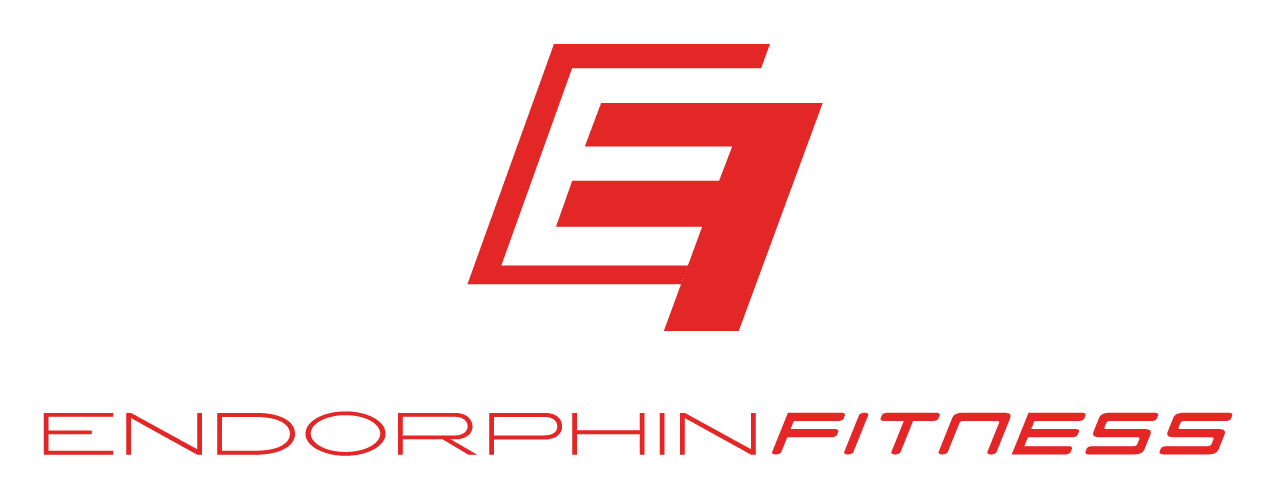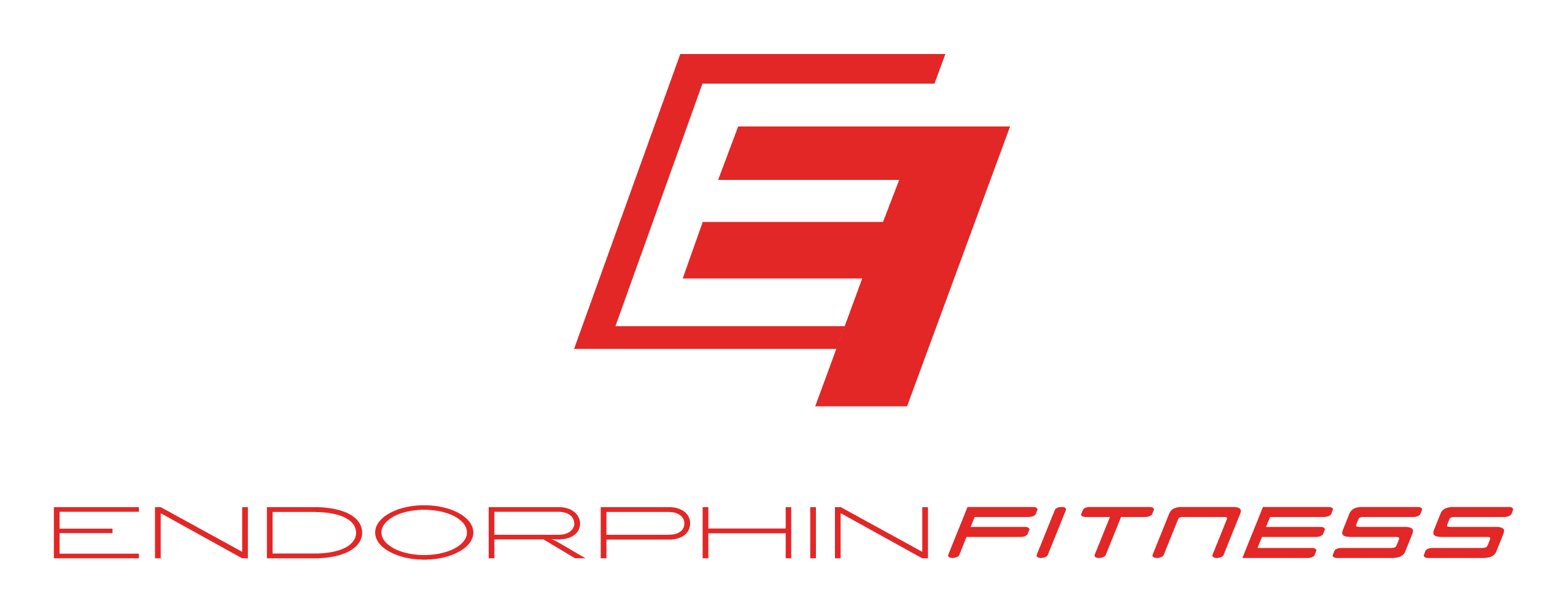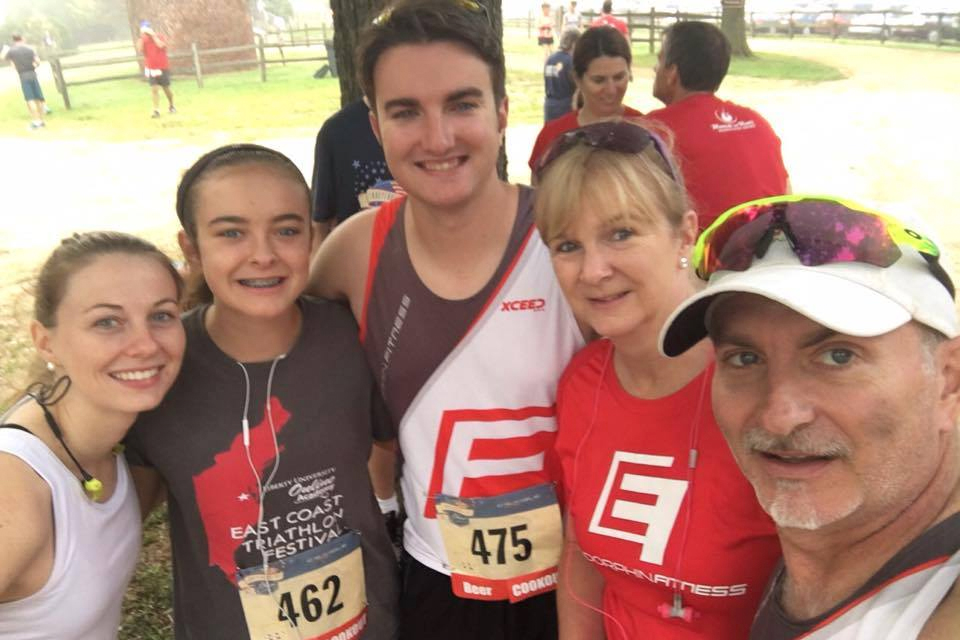So you’ve heard me tell you how important it is, you’ve probably read a few articles about it, and you’ve seen many pro endurance athletes giving credit to their strength workouts. The facts are there – strength training is an important ingredient to a successful endurance athletes program. But what makes a great strength plan?
The good news is you’re likely in familiar territory as an endurance athlete. All well laid out endurance training plans take you through a progression in your running, cycling and swimming workouts to build on top of each other and challenge your body more and more over time. This is the core of periodization – progressive training intended to bring you to peak performance. A strength plan is no different. With my clients, and in my strength and conditioning classes, I focus on a progressive strength program.
From the start, you should focus on building a solid foundation for the more strenuous work that lies ahead. Strength periodization starts with higher reps and lighter weights to allow your body to get accustomed to strength training. In the simplest form, you then progress through a variety of exercises and rep ranges over weeks and months to end in a high weight, low rep power phase. Weeks and months of consistent and effective strength workouts WILL equal improvements in your endurance workouts and even better, on race day.
Now let’s explore what makes a great strength workout set. A well-rounded strength workout will incorporate a range of exercises in certain sequence to target and build muscles in the most effective and efficient way possible. This includes both moves targeting the “big power” muscles like the glutes, quads, hamstrings, upper back and chest as well as exercises that stimulate your core and smaller, secondary muscles.
The first phase of any workout should be to prime the muscles for work. Strength drills demand that your mind connects with all of your muscles, even those that may be dormant and not working to their full capacity. Exercises such as get ups, bridges, carries and dead bugs are a great way to begin a strength workout as they awaken and fire the muscles we want to work. In our drill work we also incorporate agility drills. Agility drills are well known in the endurance space and essential for a well-rounded athlete. Have you moved sideways or backwards lately? These drills keep you light on your feet and improve your cadence.
From the strength drills, we then move on to the main strength set: the meat of the workout. To save you time and to get the maximum amount from each minute, I suggest you include compound lifts to challenge the most muscles possible at once such as squats, deadlifts, presses, and pulls in different variations. We call that bang for your buck. The best workouts will also utilize exercises using only one side of the body at a time. When running, cycling or swimming, your body is working unilaterally. Focusing on exercises that challenge one side of your body at a time will help you learn how each side works independent of the other. Due to the full body muscle recruitment required for these kinds of compound lifts and balance moves, you’re also forcing your core to stabilize and resist force. We do include some core specific work at the end but there’s no need for a lot of extra core work as you’ve already done it!
I recommend you always finish with quality muscle release work. Foam rolling or use of a hard ball – like a lacrosse ball – on tight areas will help to ease out the tension we just created in your body. This is a must to ensure you stay loose and relaxed as you sit in your car or at your desk the rest of the day.
Just like your other workouts, a plan is key to set you up for success. A certified trainer or coach can help you find a strength program that’s best for your goals and fitness level. Whether that means the podium for you or keeping up with your kids, a strength program will help. Get started today!
Andrew Callihan ACSM CPT
Strength and Conditioning Coach @ Endorphin Fitness




